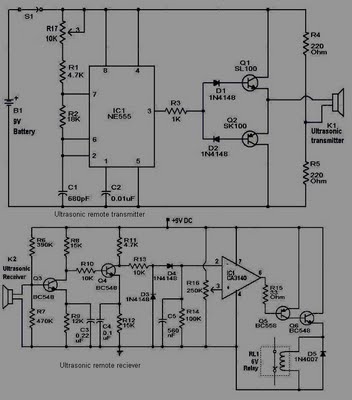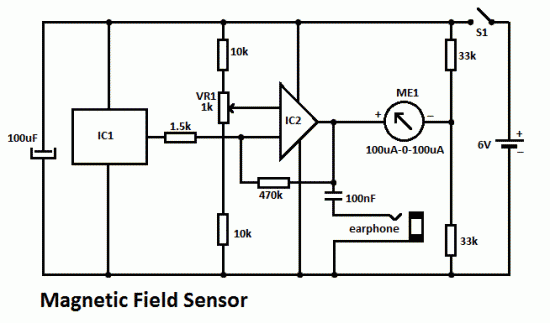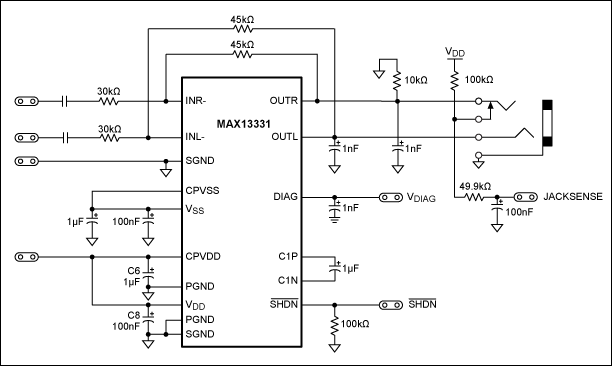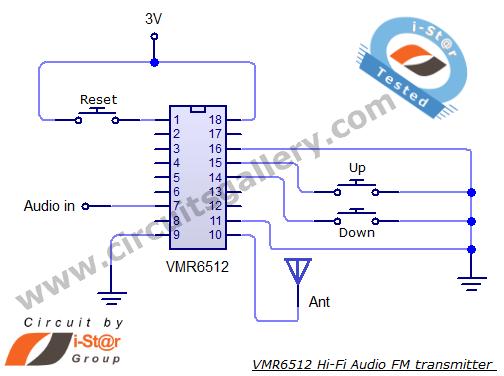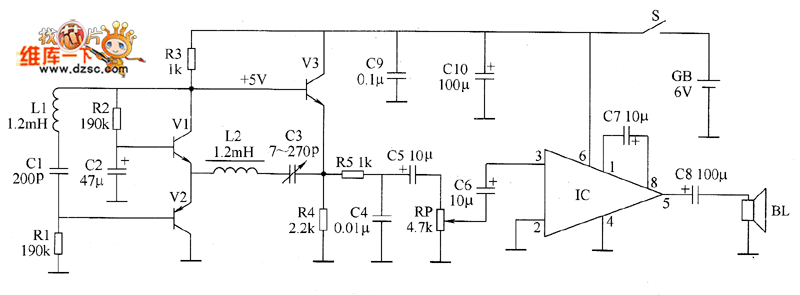
SG3525 PWM DC Motor Circuit
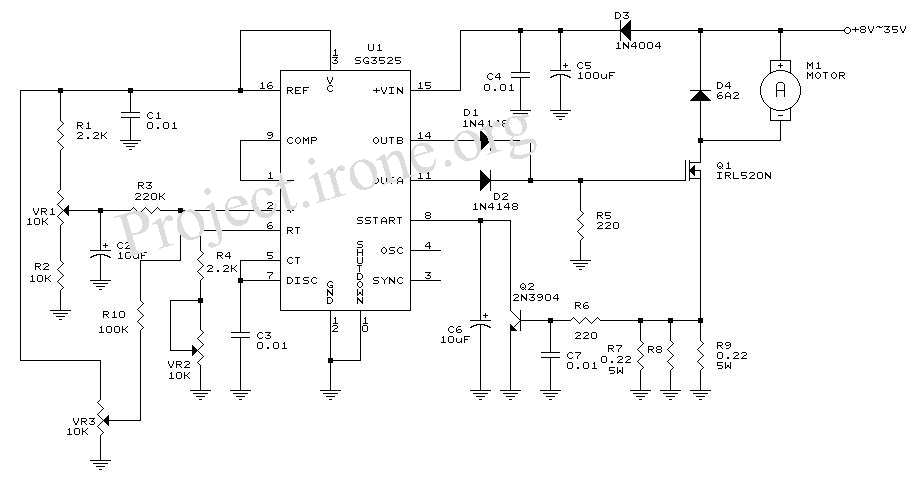
The circuit diagram is designed for precise control of DC motors. It converts DC voltage into a series of pulses, where the duration of each pulse...
The circuit utilizes a pulse-width modulation (PWM) technique to regulate the speed and torque of DC motors. The fundamental principle behind PWM is the adjustment of the duty cycle of the voltage applied to the motor. By varying the width of the pulses, the average voltage and current supplied to the motor can be effectively controlled, allowing for smooth operation and enhanced efficiency.
Key components of the circuit include a microcontroller or a PWM generator, a power transistor or MOSFET, and the DC motor itself. The microcontroller generates a PWM signal, which is then fed into the gate of the power transistor. When the PWM signal is high, the transistor conducts, allowing current to flow to the motor. Conversely, when the PWM signal is low, the transistor turns off, interrupting the current flow.
To ensure accurate control, the circuit may include feedback mechanisms, such as encoders or tachometers, which monitor the motor's speed and position. This feedback is processed by the microcontroller to adjust the PWM signal dynamically, maintaining the desired performance parameters.
Additional components such as diodes may be included for flyback protection, safeguarding the circuit from voltage spikes generated by the inductive load of the motor. Capacitors might also be employed to smooth out the voltage supply and reduce electrical noise, further enhancing the stability of the control system.
Overall, this circuit diagram is an effective solution for achieving precise and efficient control of DC motors in various applications, including robotics, conveyor systems, and automotive systems.The Circuit diagram is ideal for accurate control of DC motors. DC voltage conversion to a series of pulses, such that the duration of the pulse .. 🔗 External reference
The circuit utilizes a pulse-width modulation (PWM) technique to regulate the speed and torque of DC motors. The fundamental principle behind PWM is the adjustment of the duty cycle of the voltage applied to the motor. By varying the width of the pulses, the average voltage and current supplied to the motor can be effectively controlled, allowing for smooth operation and enhanced efficiency.
Key components of the circuit include a microcontroller or a PWM generator, a power transistor or MOSFET, and the DC motor itself. The microcontroller generates a PWM signal, which is then fed into the gate of the power transistor. When the PWM signal is high, the transistor conducts, allowing current to flow to the motor. Conversely, when the PWM signal is low, the transistor turns off, interrupting the current flow.
To ensure accurate control, the circuit may include feedback mechanisms, such as encoders or tachometers, which monitor the motor's speed and position. This feedback is processed by the microcontroller to adjust the PWM signal dynamically, maintaining the desired performance parameters.
Additional components such as diodes may be included for flyback protection, safeguarding the circuit from voltage spikes generated by the inductive load of the motor. Capacitors might also be employed to smooth out the voltage supply and reduce electrical noise, further enhancing the stability of the control system.
Overall, this circuit diagram is an effective solution for achieving precise and efficient control of DC motors in various applications, including robotics, conveyor systems, and automotive systems.The Circuit diagram is ideal for accurate control of DC motors. DC voltage conversion to a series of pulses, such that the duration of the pulse .. 🔗 External reference

